Valletta's Architectural Gems and Green Oases
Embark on a journey through Valletta’s stunning old architecture, serene city gardens, and historical monuments, including free museums, all in a delightful two-hour experience.
Time
2 Hours
Stops
6 Places
Distance
1.8 km
City Gate and Triton Fountain
Begin your tour at the impressive City Gate, the main entrance to Valletta, and admire the Triton Fountain, a symbolic landmark of the city.
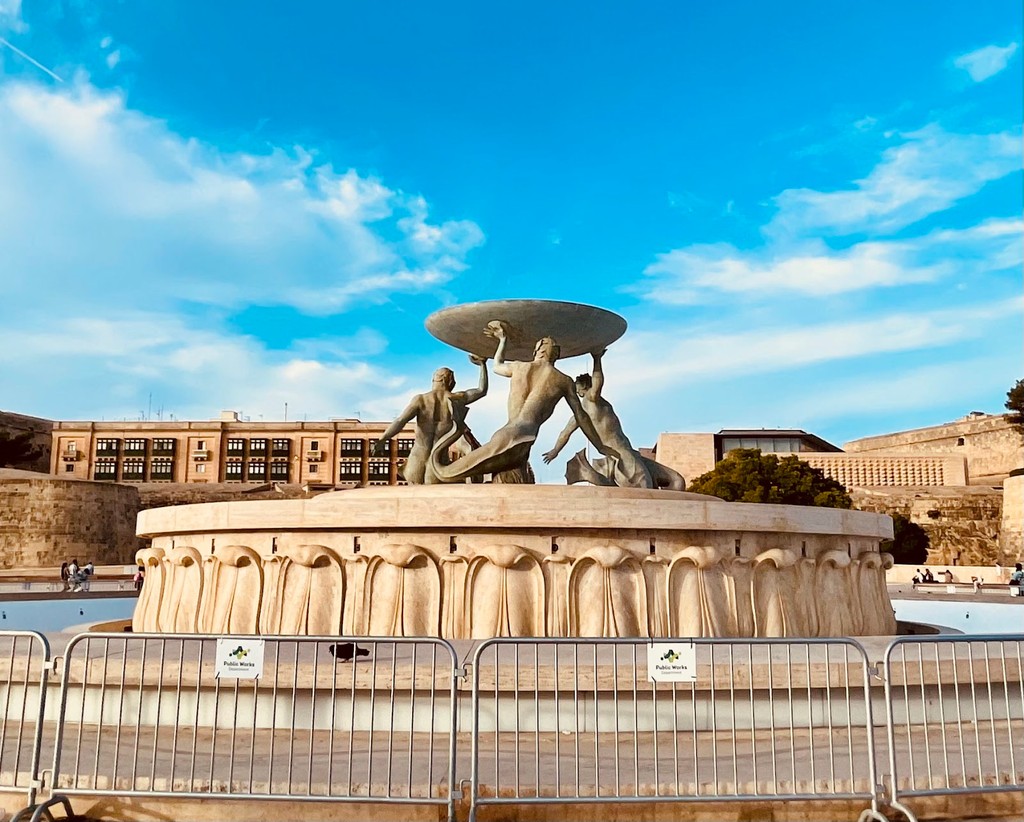
City Gate and Triton Fountain (Source: Google Maps)
The City Gate serves as the majestic entrance to Valletta, reflecting the city's rich history and architectural beauty. Designed by renowned architect Renzo Piano, it features a modern interpretation of traditional Maltese elements. Adjacent to it, the Triton Fountain stands as a symbol of Valletta, completed in 1959. The fountain is adorned with bronze sculptures of Tritons, embodying the maritime heritage of Malta. This area is not only a functional entry point but also a cultural hub that welcomes visitors with its striking aesthetics and historical significance.
Upper Barrakka Gardens
Walk through the historic streets to reach the Upper Barrakka Gardens, offering panoramic views of the Grand Harbour and a peaceful green space amidst the city’s bustling streets.
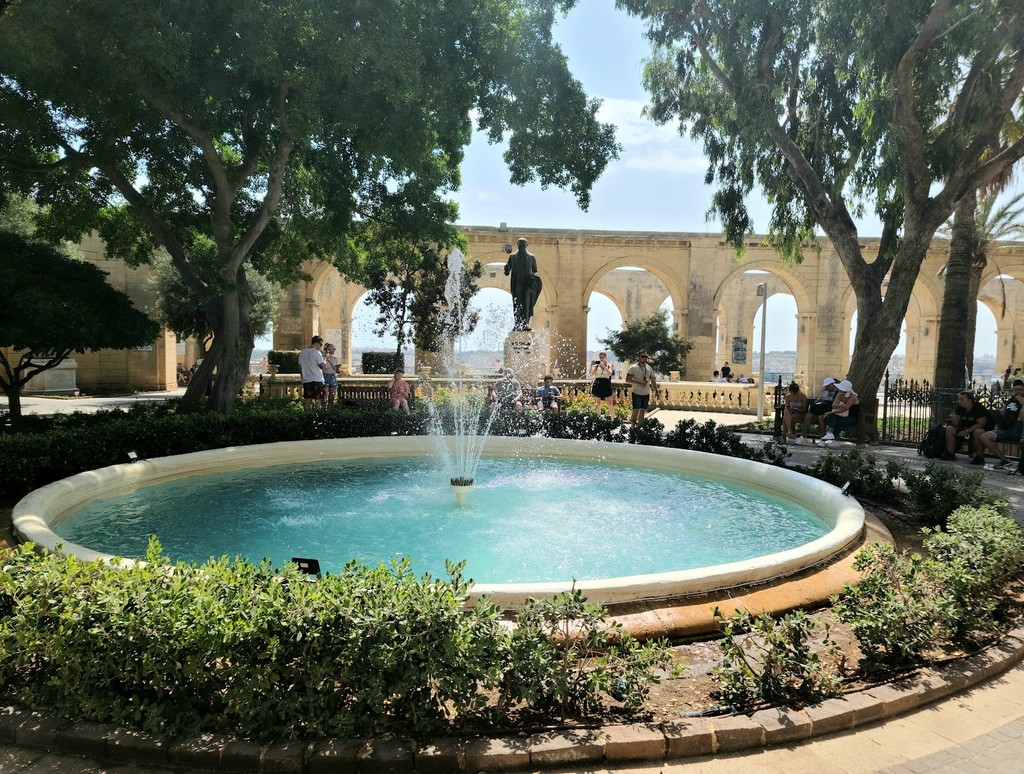
Upper Barrakka Gardens (Source: Google Maps)
Upper Barrakka Gardens is a peaceful retreat in Valletta, offering stunning panoramic views of the Grand Harbour. Established in the late 16th century, these gardens were originally part of the Italian Knights’ private gardens. The beautifully landscaped area is adorned with fountains, statues, and blooming flowers, providing a serene escape from the city’s hustle and bustle. Visitors can enjoy the historical significance of the gardens, which serve as a reminder of Malta's rich past, while also witnessing the spectacular views of the harbor and the surrounding fortifications.
National Museum of Archaeology
Visit the National Museum of Archaeology, which is free to enter and showcases Malta’s prehistoric artifacts, giving insight into the island’s ancient history.
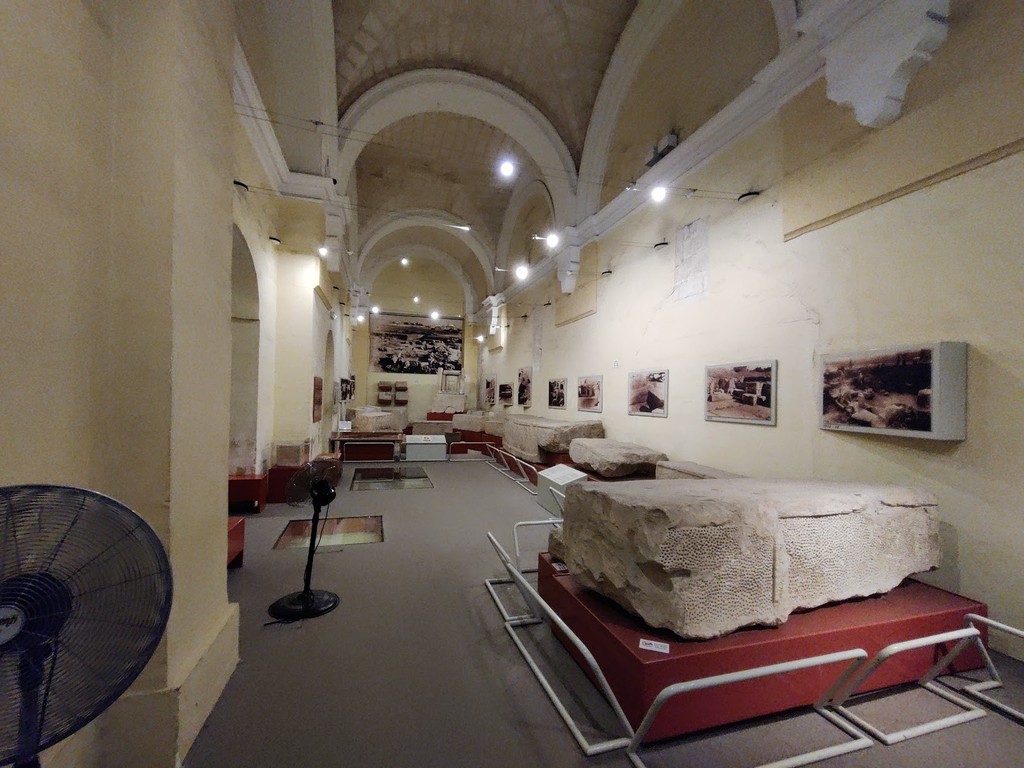
National Museum of Archaeology (Source: Google Maps)
The National Museum of Archaeology is a treasure trove of Malta’s prehistoric heritage, showcasing artifacts that date back to the Neolithic period. Housed in a beautiful Baroque palace, the museum features an extensive collection, including the famous 'Sleeping Lady' statue and other significant finds from Malta's ancient temples. The museum not only highlights the artistic achievements of Malta's early inhabitants but also provides insight into their daily lives, rituals, and beliefs. As a free museum, it invites visitors to delve into the island's history and appreciate the cultural significance of its archaeological heritage.
St. John's Co-Cathedral
Discover the grandeur of St. John's Co-Cathedral, a stunning example of Baroque architecture and home to Caravaggio’s famous artwork.
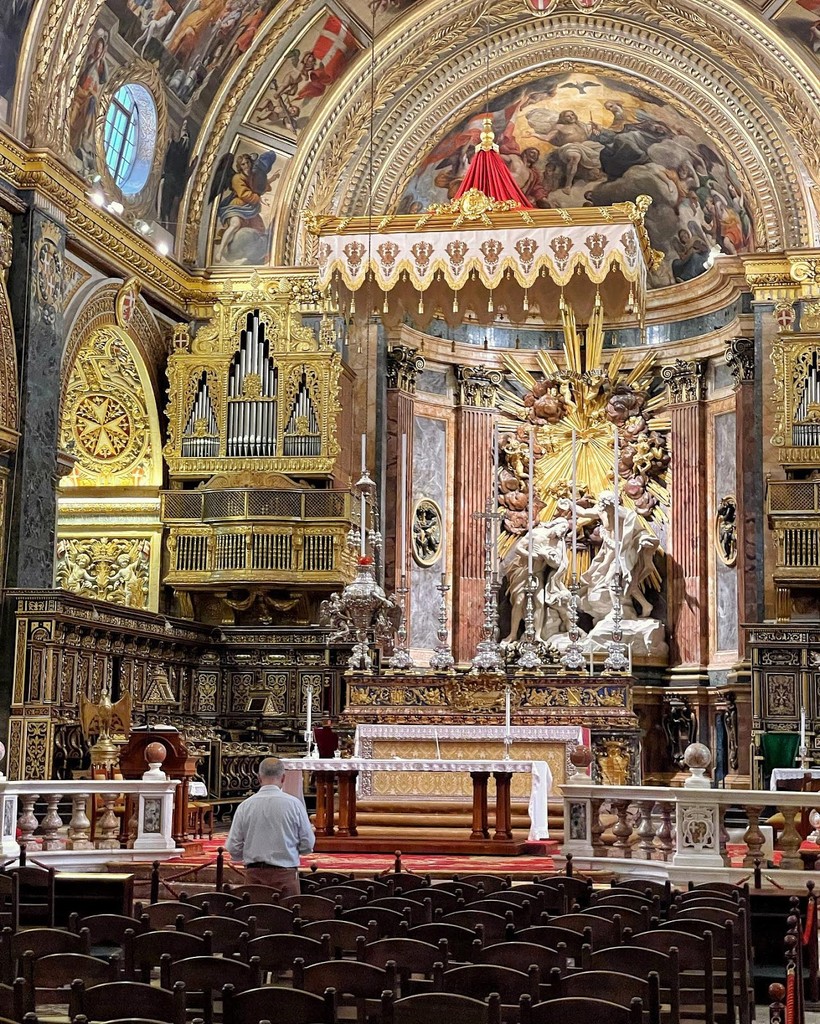
St. John's Co-Cathedral (Source: Google Maps)
St. John's Co-Cathedral is a masterpiece of Baroque architecture, renowned for its opulent interior and historical importance. Built in the late 16th century by the Knights of St. John, the cathedral features intricate marble floors, elaborate frescoes, and a stunning altar. One of its main attractions is Caravaggio’s 'The Beheading of Saint John the Baptist,' a remarkable painting that draws art enthusiasts from around the world. The cathedral's rich history and architectural splendor make it a must-visit landmark, reflecting Malta's deep-rooted religious and cultural heritage.
Grandmaster's Palace
Continue to the Grandmaster's Palace, a testament to Valletta's rich history, which now houses the Office of the President of Malta and an impressive armory.
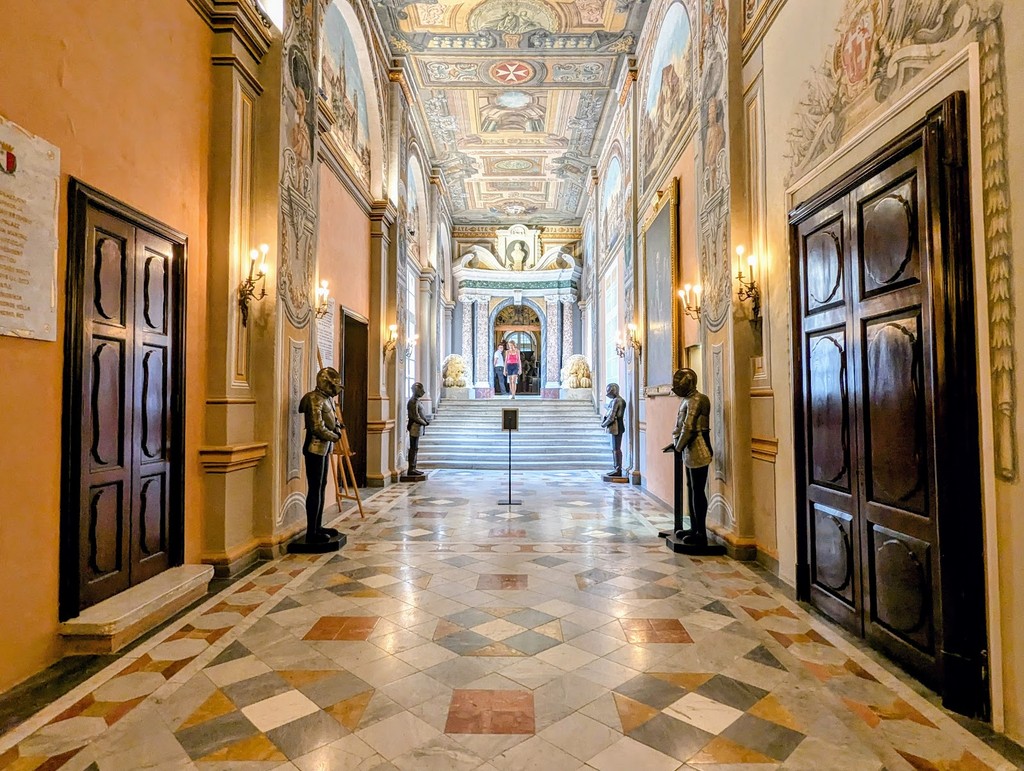
Grandmaster's Palace (Source: Google Maps)
The Grandmaster's Palace stands as a testament to Valletta's illustrious history and architectural grandeur. Originally built in the 16th century as the residence of the Grandmasters of the Knights of St. John, this impressive structure now houses the Office of the President of Malta. The palace features stunning halls adorned with intricate tapestries, historical artifacts, and a remarkable armory showcasing weapons and armor from various eras. Its blend of architectural styles and historical significance makes it a pivotal site for understanding Malta's governance and military history.
Lower Barrakka Gardens
Conclude your tour at the Lower Barrakka Gardens, another tranquil garden featuring the monument to Sir Alexander Ball and views of the harbor.
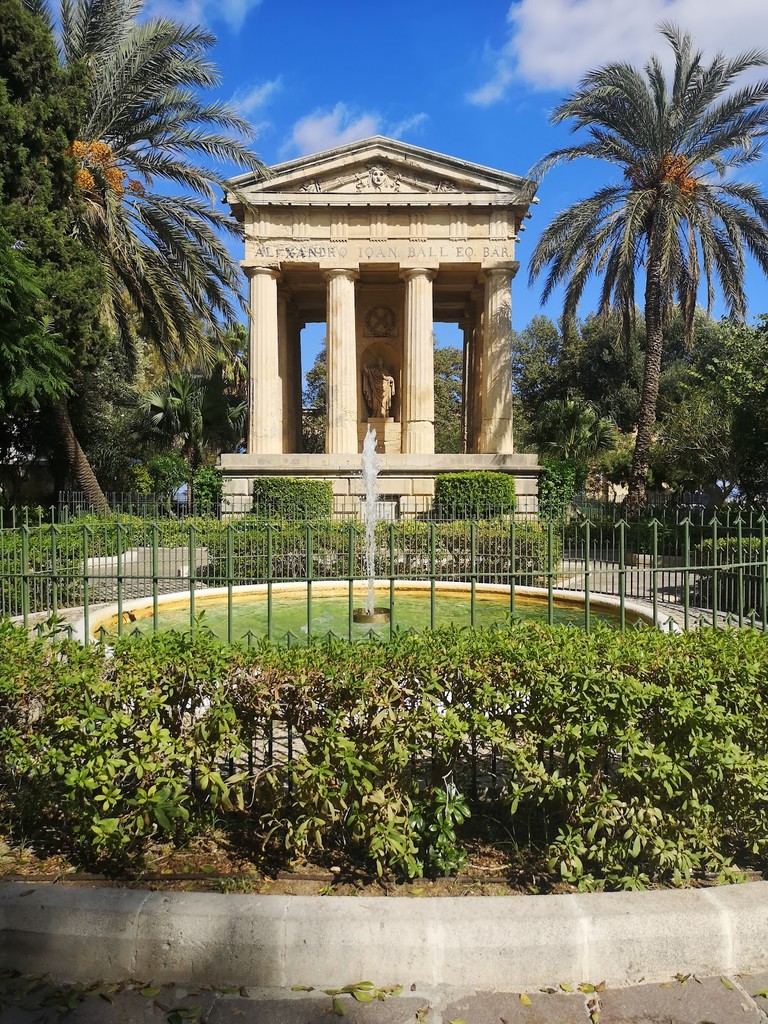
Lower Barrakka Gardens (Source: Google Maps)
Lower Barrakka Gardens is a serene green space that offers a tranquil escape amidst the bustling city. Established in the 19th century, the gardens are dedicated to Sir Alexander Ball, a British governor who played a key role in Malta's history. Visitors can stroll through beautifully landscaped pathways, enjoy the lush greenery, and admire the monument dedicated to Ball. The gardens also provide stunning views of the harbor and the Saluting Battery, making it an ideal spot for relaxation and reflection on Malta's maritime heritage.

Your travels, your rules.
Create your own Free Walking Tours.
Set your preferences, distances and anything you want to do or see.
Completely free, no payment required.